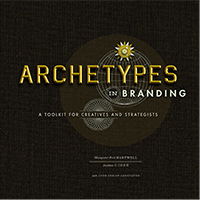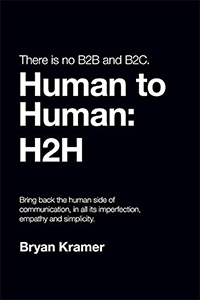More Than Just the Facts
"B2B customers buy on facts. B2C customers buy on emotion.” Not only is it easy to say, but it’s said often and loudly. But here’s the thing … it’s wrong. Or, more accurately, it’s wildly incomplete.
According to Harvard Business School professor Gerald Zaltman, 95% of our purchase decisions take place subconsciously. This is as true of B2B purchases as for B2C. And while it doesn’t mean they’re purely emotional (it’s a little more complicated than that), it does mean they’re not the unfeeling decisions of a purely rational consumer, which is how it’s often stated. The real difference is that, on average, B2B customers balance their emotional decisions with logic and facts. That’s necessary because of the many things that make B2B transactions different. Namely …
Multiple people influencing the decision.
This means the decision-maker needs enough facts to not only justify it to themselves but to others.
Larger transactions.
Larger purchases (remember, B2B transactions can be many multiples larger than B2C transactions) require more fact-based justifications for our emotional buying decisions. We see this factor play out in a B2C world as well — think about how much more important facts are when you’re buying a new refrigerator or lawn mower as compared to a body wash or a pack of gum.
Longevity.
Chances are you’re going to have to live with a B2B buying decision longer. You’re going to be reminded of the decision you made for months or even years. And you want each of those reminders to be positive.
All that means that your brand, and the conscious and unconscious space it occupies in your customers’ minds, plays an outsized role in the effectiveness of your marketing and sales. It’s not enough to make a superior product or provide a more efficient, effective service. (Sorry, engineers!) You’ve got to wrap those great products and services in a brand that people trust and want to be a part of. Read on for some practical insight into how to do exactly that.







